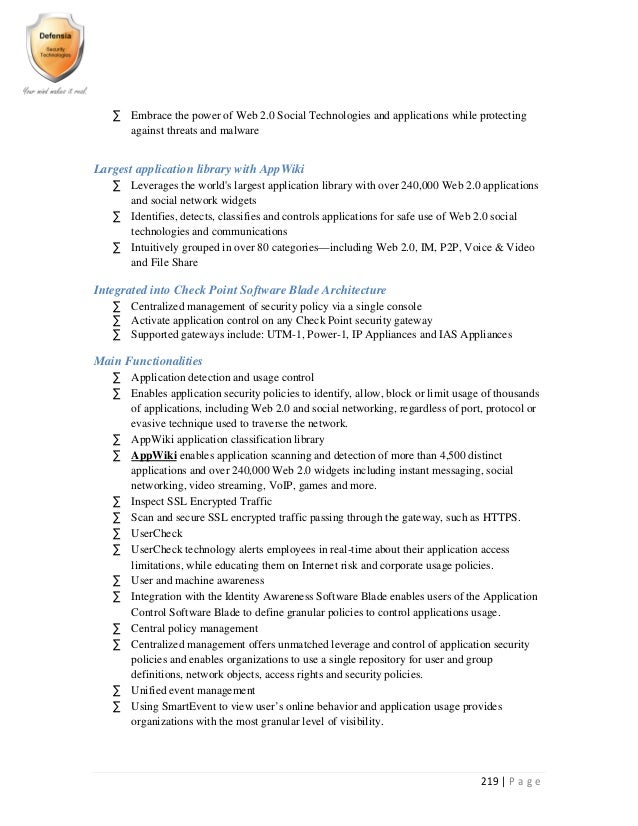
Image source: https://genstone.com/wp-content/uploads/2016/10/Green-Building-Materials-1.jpg
Each day, thousands of people make a conscious effort to "go green" and become more eco conscious. While Al Gore may have popularized the idea in the documentary An Inconvenient Truth, citizens of the world have been banding together for years to help save the planet. Individually, each of us can contribute to the overall sustainability of the Earth's resources to guarantee safe and livable conditions for future generations of all species, humans included. Energy consumption is one huge part of the puzzle. Humans are consuming electricity, primarily from coal-burning plants and other fossil fuels at an unprecedented rate in just living our day-to-day lives. One way to make a large impact on the amount of energy consumed is to conserve -- make buildings everywhere more energy efficient and environmentally sustainable. Energy sufficiency needs to be our big picture goal.
The following are ways to make an existing building more energy efficient:
Start with what is called the "low hanging fruit" -Weatherization: Check the building's insulation: Old, warn insulation, inefficient windows and air leaks will increase the rate at which heat leaves a structure during cold weather months and cooled air in summer. This will require the heating and air conditioning systems to use more energy to keep the building at the desired temperature. Installing additional insulation and caulking leaks is pretty easily done and pays big dividends in saving energy and money. Many communities now have Energy Audit services and Weatherization programs available to help with this effort and these programs are also investing in creating training and employment for "green jobs".
Turn off lights and unplug electronic devices that are not in use. Significant reduction of electric usage can happen by simply flipping the light switch or pulling the plug or investing in a smart power strip for your tv, computer and other energy hog appliances. Also, replace incandescent lights with compact florescent bulbs - Florescent light bulbs last upwards of 10,000 hours and use approximately 27 watts of energy to generate the same amount of light as 100-watt incandescent bulbs, which have a lifespan of only 1,000 hours. This not only conserves energy, but also eliminates the waste that is created from constantly having to replace incandescent bulbs.
Replace older furnaces and HVAC systems - Furnaces that utilize a standing pilot light waste up to 35% of the fuel that it burns. Additionally, upgrading to more modern HVAC systems will help save energy in air filtration, as well as provide the building with a cleaner, healthier airflow. There are several tax and other rebates in place now to help with this investment, so while it may be pricey to replace old furnaces and HVAC units, you will save money in the long run with reduced heating and cooling costs with the additional incentive of a hefty rebate.
Utilize electronics with the ENERGY STAR logo - Many commercial buildings use thousands of electronic devices, from computers to microwaves. According to its government sponsored website, ENERGRY STAR is "a government-backed program helping businesses and individuals protect the environment through superior energy efficiency." Making use of ENERGY STAR sponsored products can reduce energy use by up to 50%.
These are just four of the many different ways to make a building "greener." Never hesitate to contact an energy efficient building consultant if you have questions or concerns regarding strategies so that you can be more energy efficient, saving money and doing your part toward sustainability and energy independence.
The energy efficient Green Building consultants at Thumbprint Endeavors, http://www.thumbprintendeavors.com/, are committed to making organizations and businesses more environmentally conscious.

